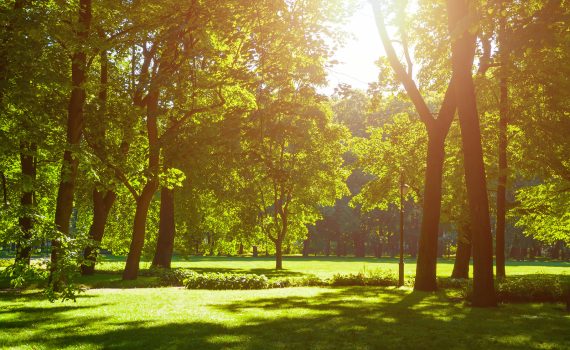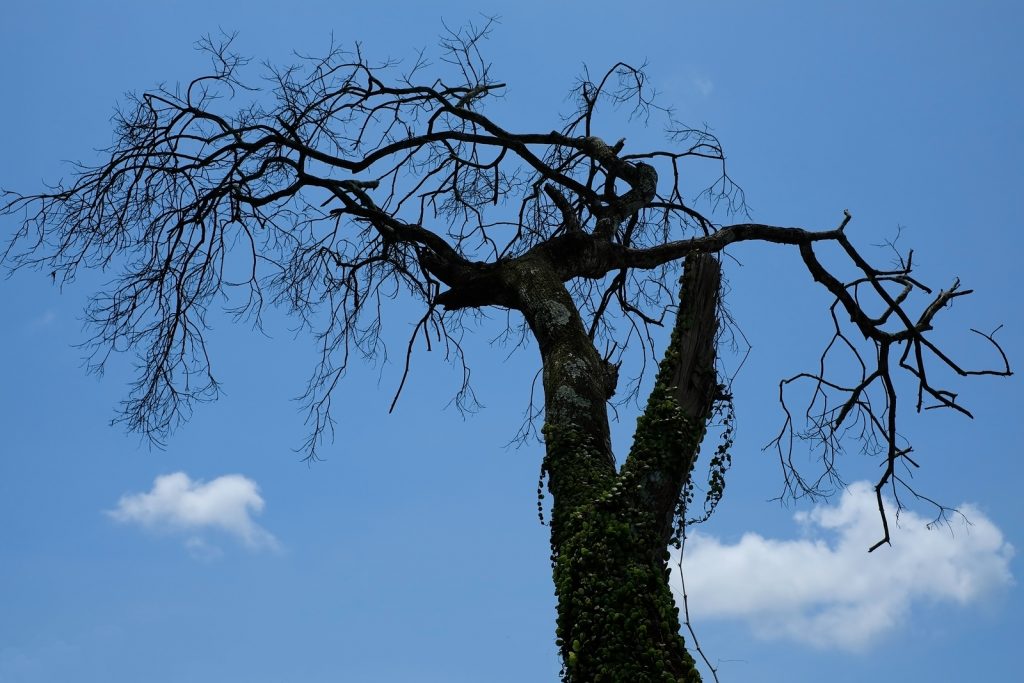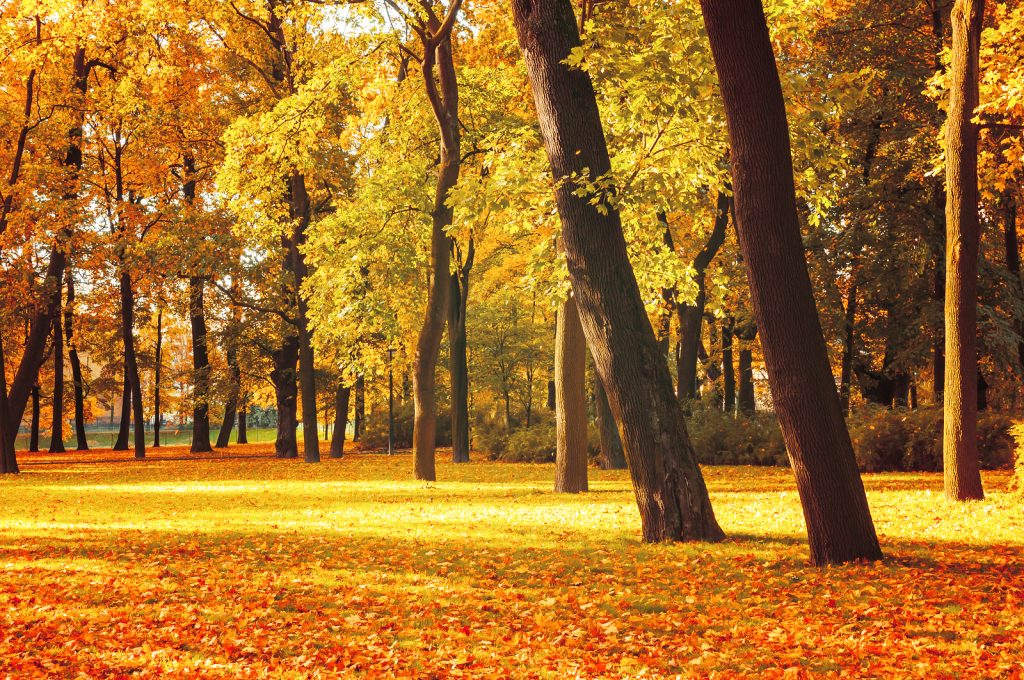Autumn is not only a beautiful season but also a brilliant time to plant many trees, along with preparing your trees for the winter season. Extensive periods of intense heat can weaken trees, making them more vulnerable to infestations. Helping your trees start to recover from the hot circumstances as they head into winter is significant to care for their long-term health, which also makes them less at risk to storms. Autumn tree care is a must for your trees.
Here are special instructions for outside tree care as the season changes:
Watering
At the start of autumn, make sure your trees are getting enough water while the weather changes from hot to cold. Water your trees until the soil freezes. Avoid watering after this point so as not to over-water the ground. This will assure your trees have enough water to live during the winter.
Fertilization
As the leaves begin to change color and fall, look for signs that might point out your trees have a nutrient problem and may require fertilization. Keep in mind, fertilization can encourage rapid new growth, which could be injured in the winter, therefore, fertilize in the spring instead if possible. To conclude if your trees need fertilization, some of the things you can look for:
- Leaves varying colors and falling earlier than usual.
- Reduced development in branches and leaves.
Pruning
Make certain to remove any dead, unhealthy or spoiled branches. They all serve as points where illness or pests could enter that can cause further damage. And also, removing the dead, diseased and spoiled branches will make your trees look better. You can also trim branches that aren’t growing the way you would like.
Planting
Numerous trees can be planted during the autumn. Check with your local nursery to see which ones are good for autumn planting. Trees have a better chance to get their roots established because of the cold temperatures. Another benefit to planting trees during the autumn season is that many nurseries discount their plant supply.
Prevent injuries
Branch breakage can be caused by frost and snow gathering or chewing and rubbing by animals. You may stop problems with young trees by covering their base in a hard or plastic guard. Wrapping trees with burlap or plastic cloth also can avoid temperature harm. However, it is essential to remember to remove the wraps and guards in the spring to avoid damage when the tree begins to grow. Damage to branches and trunks from plow blades or a sharp shovel can be harmful to trees.
Care for Young Trees
Since the autumn season is a perfect time to plant new trees, it is essential to consider that young trees are typically not developed enough to survive the constant freezing and thawing that might occur and young trees are especially susceptible to extreme temperature changes that come with winter, especially in colder areas. One thing you can do as a preventive measure is to place a wide layer of mulch around the base of the tree.
If you have questions about managing autumn tree care, contact Sexy Trees today!
 Bringing Sexy Back Into Your Yards
Bringing Sexy Back Into Your Yards 


